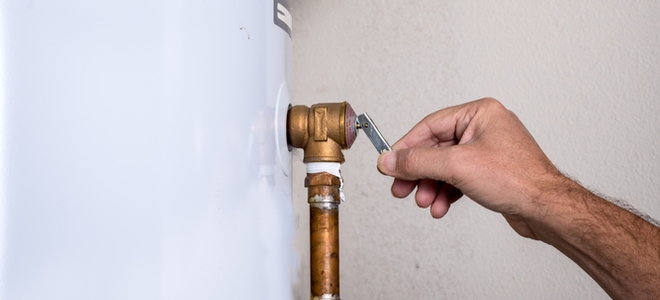Siphon Leak: Effective Tips to Repair It
Do you notice a leak from the siphon when you run the water from the faucet? Don’t panic! This minor problem can be easily solved if you have some DIY skills. Roll up your sleeves and repair your faulty drain yourself. In this article, you will find our advice on doing it successfully.
What Is a Drain and How Does It Work?
To identify the causes of the malfunctioning of your trap, it is necessary to know its mechanism. The siphon is an integral part of the sewer system. It is a kind of hose or pipe that contains liquid (mainly water). Its fundamental role is to promote the circulation of this water between the two tubs or basins, thus avoiding the release of foul odors. A draining problem at the siphon level is easily recognizable by these bad smells.
Three Types of Traps Are Available on the Market:
- the straight siphon: generally installed under the sinks and the sinks;
- the angled trap: installed at the bottom of the drain pipe;
- the flat trap: placed under the bathtub or shower stall valves.
If you have a leaking drain trap, first determine the severity of the problem before contacting a plumber.
Why does a drain trap leak?
Unlike a supply line that leaks all the time, a drain trap only leaks when you turn on the tap.
The Malfunction of Your Trap Can Be Due to:
A loosening or an insufficient tightening: made of plastic, the siphon can be subjected to an expansion because of the variations of water temperature. This causes a slight loosening of some parts. It is then vital to check by hand if it is possible to tighten the nuts or the trap bowl. This type of problem is the most frequent.
A bad screwing of the nuts: the threads of a siphon are in plastic. These threads often bend, and the bowl or the nuts are badly screwed after cleaning or unblocking the trap. It is necessary to unscrew and then screw the nuts straight to stop the leak.
A worn seal: with time, the seal’s rubber can be damaged and no longer perform its role. In this case, the only solution is to replace it with a new one.
A misplaced gasket: The gasket may move by loosening the male and female part of the trap during cleaning or an unclogging. You must then unscrew and screw it back in to check if the seal is well-positioned.
A defective conical joint: a nut connects the siphon to the PVC drain pipe. It compresses the conical joint to ensure the water tightness of the trap. But if a gasket has cracked or worn out, it can no longer provide a good seal, thus causing a leak. You must then replace it.

What steps should I take to repair my drain?
To restore the function of your trap, it is necessary to go through the following steps:
Step 1: Identify the Source of the Leak
If you have trouble perceiving the cause of the leak, run your finger over the trap and feel around the various fittings to find the leak.
Step 2: Tighten the Nuts
The leak may be the result of improper tightening. Sometimes a simple tightening of the trap nuts is all that is needed. When the nuts are tight, check the trap for leaks by turning on the faucet and observe if the leak continues. If it stops, your job is done. If it doesn’t, continue the repair.
Step 3: Replace the Seals
If the leakage persists, you must unscrew the trap. Before doing this:
- Place a bucket or basin underneath to catch any water drops and wrap a rag around the nut.
- Using a pair of pliers, proceed to unscrew the trap.
- Take this opportunity to clean each part of the trap and remove any defective seals.
- Replace them with identical new ones and put the trap back in its place.
- Make sure that it is tight.
If the problem is still not solved, it is better to buy a new trap or call a professional. They can help you repair your trap effectively and maintain your plumbing system.




[…] Having a job is of paramount importance these days. Indeed, there are many jobs in the world. The fact…
[…] Personally, I need a hot shower whether we are in winter or summer because I don’t feel clean otherwise,…
[…] Sound off in the comments section below, and tell us what you want to read next and if you…
[…] unfortunately, when it concerns a major plumbing issue, a botched job might end up causing a lot of harm…
[…] overestimate your talents, either. Sure, some simple jobs (like prevention!) can be done by a handy homeowner. But don’t…